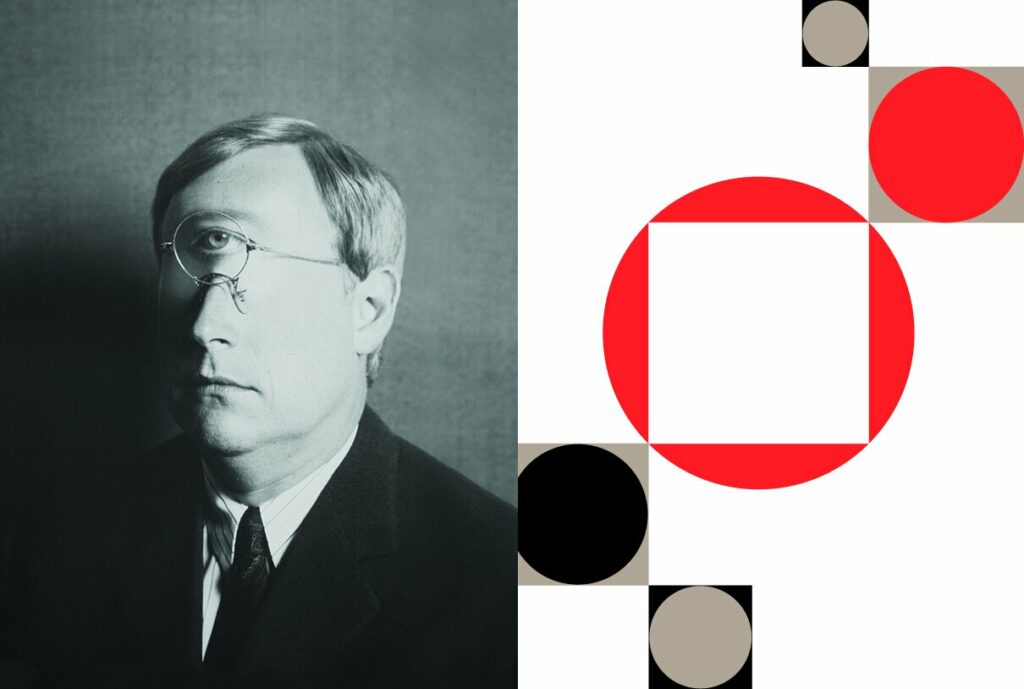A wise man once said “Just because you’re standing in a garage, it doesn’t mean that you’re a car.” Along that line, I’d say that just because you call yourself a designer, it doesn’t make you one. And, just because you’re not a designer, it doesn’t mean you’re not creative. Quite to the contrary, many designers are not particularly creative, and many nondesigners are. Like the expression “beauty is in the eye of the beholder,” I’d say “creativity is in the mind of the beholder.” Because I can draw better than most people and that I’m a designer by profession, I’m often perceived as the most creative person in the room. I believe that creativity is a way of thinking, and whether you are a teacher, doctor, farmer, pilot, scientist, chef, musician, or engineer, most people have the ability to think creatively.
Creativity is intelligence having fun. I often share with my clients that the best ideas come from collaborations and I encourage them to participate in the creative process. I think the notion that most people do not see themselves as creative is to our detriment. In fact, most of us have the potential to think creatively. Understanding that creativity pertains not only to designers, artists and poets but to everyone who is curious and open to the realm of possibility is critical to the advancement of our society.

Anyone who tries to improve a situation is a designer. In other words, you do not need a design degree to engage in designing. You just need to find a situation worth improving and then work through the creative process. Of course, this description fits architects, artists, composers, movie directors, engineers, but it also applies to doctors, scientists, psychologists, police detectives, military strategists, and advertising planners. It applies to all leaders since leading is the act of moving people from an existing situation to an improved one. While nearly everyone uses design thinking in some situations, certain people are particularly suited to it. They tend to be empathetic, intuitive, imaginative, and idealistic. Unfortunately, from a traditional business viewpoint, these traits translate to softhearted, illogical, scatterbrained and stubborn. An experienced designer sees every detail, even the things that are missing.
How is creative thinking different from traditional thinking? Designing differs from other activities not only in its outcomes but in the methodology and process that generates those outcomes. It takes place in the gap between “what is” and “what could be”. Traditional thinkers are mostly concerned with “what is” and as a result, they’re very good at analysis and argument. Traditional business has put “what is” in the driver’s seat while strapping “what could be” tightly in the back seat where it can’t disturb the driver. Imagine a capitalist society running entirely on “what is” thinking – nothing would be ventured and nothing would be gained. Managers who rely on the decision mode will find reasons to reject the design mode from their thinking, “We don’t have time. Our budget won’t allow it. Our culture is too conservative. We’ve never done this before.” These aren’t really reasons but excuses that restrict a company to a future of limited choices.
In recent years, we’ve seen the gradual breakdown of the traditional management model, so lacking of ideas that it resorts to unlocking wealth through financial manipulation rather than creating wealth through creative innovation. Business people can learn a lot from designers who are masters of heuristics not mangers of algorithms.

